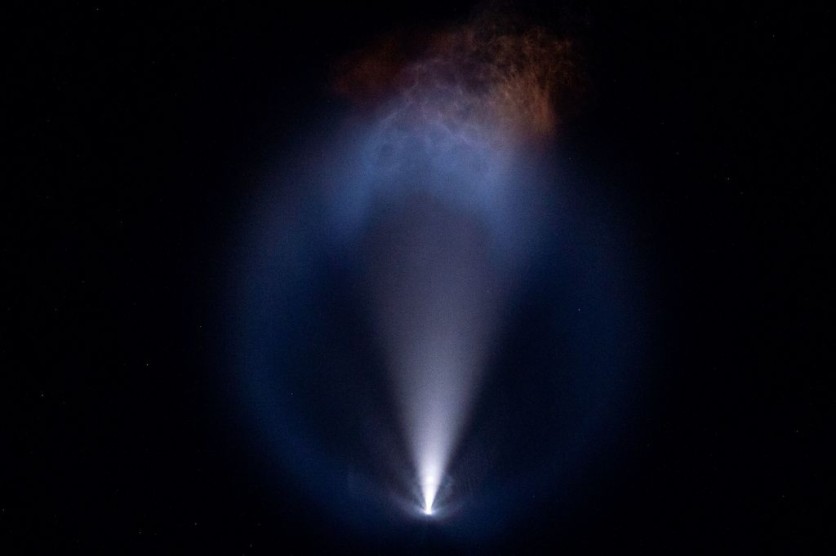Climate change-related disturbances to Earth's atmosphere make it more difficult to remove hazardous debris from Earth's orbit, according to a new study.
As reported first by Space.com and Phys.org, recent research by the British Antarctic Survey found that when carbon dioxide levels rise, the upper atmosphere becomes less dense. As a result, objects orbiting near Earth have less pull and float for longer.
This could be good for satellite operators, who recently noticed their satellites disintegrating more quickly than ever due to deteriorating space weather. Meanwhile, space junk and abandoned satellites slowly descending through the atmosphere will continue to clog their orbits for a longer period.
This could mean a greater chance of hazardous collisions that could produce a plethora of dangerous debris.

Computer Simulations of the Atmosphere
According to a statement from the British Antarctic Survey, the alarming changes in air density will be detectable at altitudes between 56 and 310 miles (90 and 500 kilometers) and will take place even under scenarios with minimal greenhouse gas output.
These conclusions were established by Ingrid Cnossen, a research fellow at the British Antarctic Survey, using computer simulations of the entire atmosphere. She examined the past 50 years of atmospheric evolution and contrasted it with predictions using hypothetical future emission scenarios.
The model, which projected Earth's upper atmosphere 50 years into the future using predictive methods, showed twice as much thinning as observed over the previous 50 years.
"Space debris is becoming a rapidly growing problem for satellite operators due to the risk of collisions, which the long-term decline in upper atmosphere density is making even worse," Cnossen said in a statement.
"I hope this work will help to guide appropriate action to control the space pollution problem and ensure that the upper atmosphere remains a useful resource into the future."
The U.S. Global Surveillance Network now monitors 30,000 objects larger than 4 inches (10 centimeters) in Earth orbit. Additionally, the European Space Agency estimates that roughly a million 0.4-inch-wide (1 cm) particles are currently speeding around the Earth.
Read also : FCC New Rules Require Satellites To Be Deorbited Within 5 Years of Completion to Avoid Space Junk Risks
Can Space Junk Kill Someone?
The likelihood of fatalities from falling rocket debris over the next ten years has been calculated by a recent study that was published in Nature Astronomy.
The authors calculated the locations of rocket debris and other space junk when they fell back to Earth using mathematical modeling of rocket part inclinations and orbits in space and population density below them, as well as 30 years' worth of satellite data.
The researchers found slight but significant harm from space junk falling back to Earth in the next ten years. However, this is more likely to occur in southern latitudes instead of northern ones.
The study found that the chances of a rocket body crashing are around three times higher at the latitudes of Dhaka, Bangladesh, Jakarta, Indonesia, or Lagos, Nigeria, than in New York, Moscow, and Beijing, Russia.
The risk to human life from uncontrolled rocket reentries over the following ten years was also evaluated by the authors as a "casualty expectation."
According to the researchers, there is a 10% chance that rocket debris will lethally hit someone on Earth. But at the same time, they said that it is still a conservative estimate.
Related Article : NASA, US Congress Files Bill to Address Space Junk Threats
This article is owned by Tech Times
Written by Joaquin Victor Tacla
ⓒ 2025 TECHTIMES.com All rights reserved. Do not reproduce without permission.




